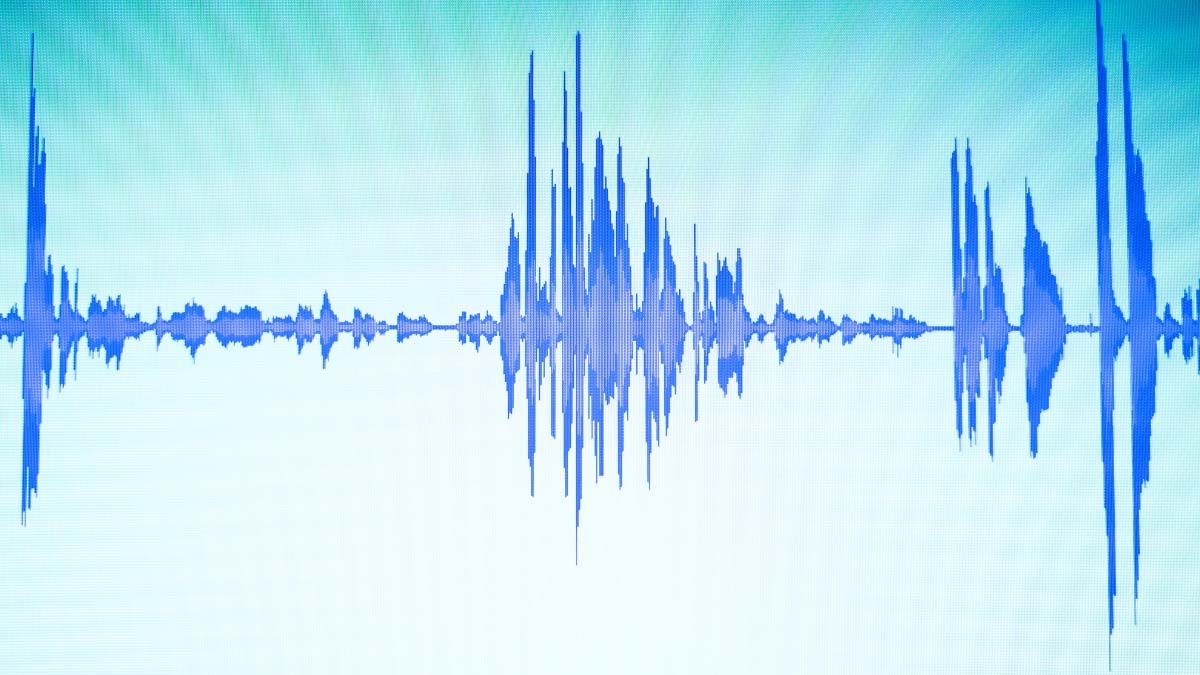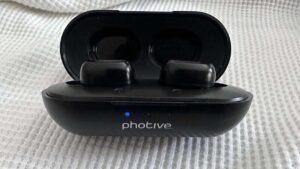If the din of a busy office or household is impairing your audio editing experience, then take heed!
Background noise can be particularly detrimental to an optimal recording experience. It may be difficult to discern which sound you are hearing, so even if it’s just background chatter or other noises from the surrounding area – such as road traffic or airborne air conditioning units – these could potentially render your audio unusable!
1. Fasten Your Seatbelts and Adjust Your Levels
If you are seeking to remove background noise in a track, it’s imperative that you establish the correct volume and fix any fluctuations. To do this, utilize your mouse – simply click once at the center of your track while holding down SHIFT so that it remains stationary while sliding the slider bar up or down. Do not fret about erasing tracks; if you wish to perform an edit later on save them before proceeding further!
Once you’ve established the ideal level for both channels, be sure to check that there is no extraneous noise introduced by initializing your levels (see tip #1 above).
With your levels properly set, all that remains is tuning those fine-tuning knobs! If you want to hear just how much your sound adjustments have influenced the final outcome of your track then click on the ‘Scope’ button located at the bottom left-hand corner; after which navigate to the desired region of your audio file and observe its corresponding waveform.
2. Get Lost in the Windy Woods
If you’re a nature enthusiast, why not take advantage of this magnificent setting? This can be accomplished simply by utilizing the ‘Move Tool’ to relocate your recording from its initial position into an area with more seclusion and fewer obstructions.
To create a Windy Woods ambience, begin by positioning your microphone in front of you as if you were standing beneath the canopy at dawn. Next select the ‘Tool Selector’ located towards the bottom of your Toolbar; alternatively use any other relevant selection if preferred.
Use the move tool to shift your recording into an optimal location for capturing the wind’s narrative. You may choose between various purposes such as creating a bustling scene (such as under a freeway), or merely prolonging it for an undulating experience – all within reach!
3. Play in the Puddle Room
To compose a perfect soundscape, you must consider the ambience as well. This can be achieved through spatialized audio techniques like binaural recording and IEMs – which is an excellent method for listening to music when in crowded places such as airports or on public transportation.
For instance, using IEMs with the reverberant effect turned up may create an experience closer to being in an empty spacious room than your typical earbuds-wearing commute! On the flip side though – they can also yield some unexpected results if we’re talking about various kitchen settings where sound reflection might lend itself quite nicely to crafting a whimsical composition!
4. Have a Trek with No Name
After a long day’s trekking, it may be necessary to quell your ruminations with a relaxing nap. But before dropping off for slumber, why not launch an expedition under the world’s most majestic crags?
No matter what your chosen adventure may be, chances are that nature can provide much-needed restorative calmness. There’s something about being immersed in nature that releases the mind from its daily cares – if only for a moment!
5. Step Out of the Shadow
Have you ever wondered why some tracks sound so polished, while others seem a bit rough around the edges? It could be because the mixing process was more assiduous with the former instance; it all boils down to the type of equipment used for each track.
If your mix comprises of multiple instruments, such as guitars and vocals, then picking the most appropriate equipment becomes paramount. Don’t feel obligated to use vintage-style amplifiers – if they’re not appropriate for your style of music or genre classification, then stick with what works best instead!
The bottom line is that hardware can have an impact on sound quality, which can ultimately result in better-sounding mixes.
6. Get Excited for the Vacuum Cleaner
Move on from the microphone, and we find ourselves in an altogether different setting – your workspace. If you’re looking for a job or simply want to concoct a podcast episode at home; consider investing in a vacuum cleaner!
This mighty appliance is a true time-saver when it comes to eradicating unwanted noise like static or popping sounds. Just set it on autopilot and let it do its thing while you get down to business!
7. Find a Place to Sink or Float
If you find it difficult to concentrate on your work when there are distracting sounds in the environment, then consider purchasing an isolated room for productivity.
If isolation is not feasible, research shows that floating or sinking into a bath can allow for peaceful concentration after prolonged periods of listening to noisy surroundings.
Mmechi
To eliminate background noise from your recordings, begin by ensuring that they are free from all other voices and noises. Mgbe ahụ, use the equalization tool to boost key frequencies while simultaneously reducing low-level sounds; this will result in a more spacious soundscape.




